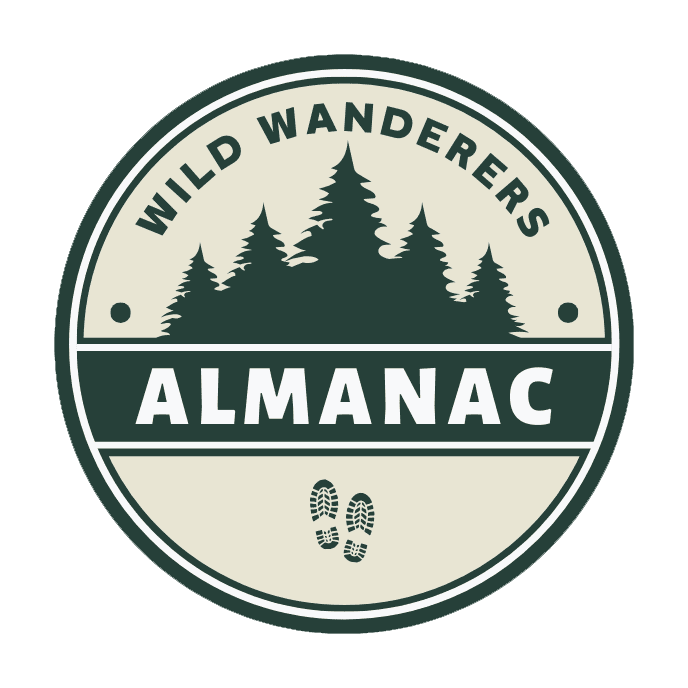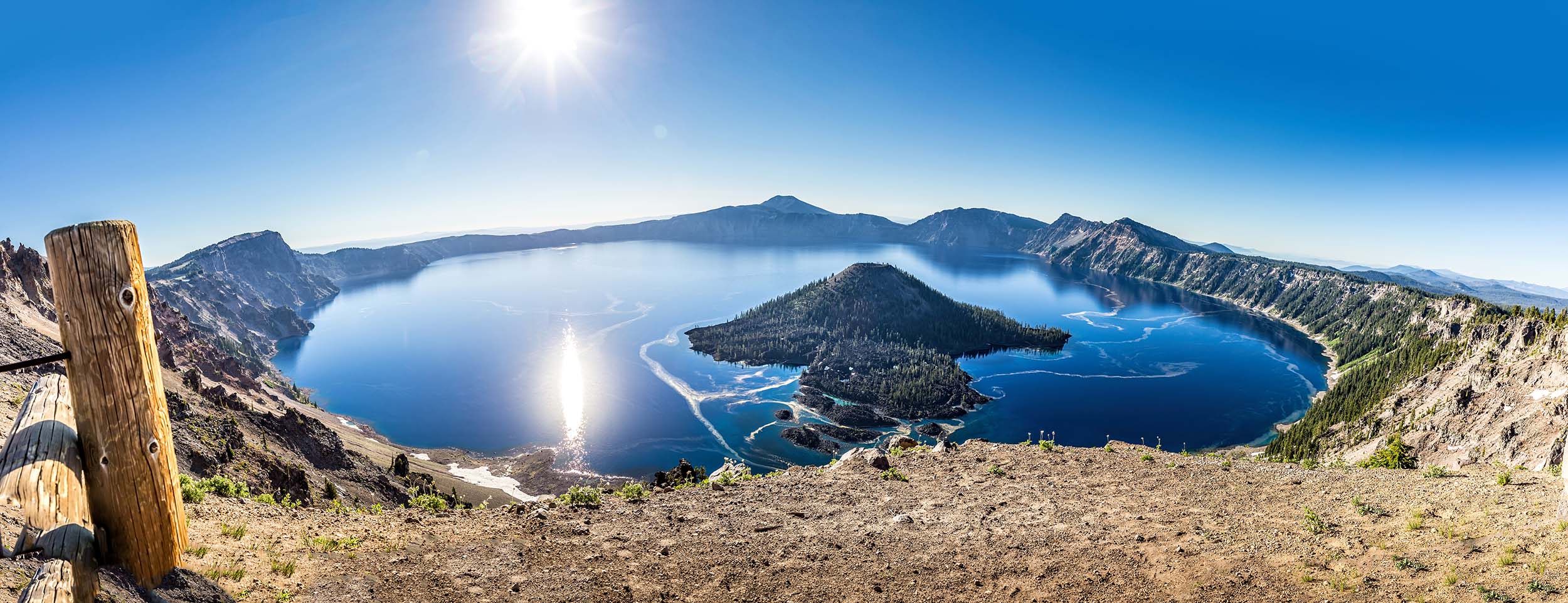Park Information Quick Facts
Location: Oregon
Park Size: 183,224 Acres
Time Needed: 2-3 days
Best Season: July-September
Must Do: Wizard Island
Pro Tips:Bring layers and be prepared for rapidly changing weather, even in summer.
Visitor Centers
Crater Lake National Park features two visitor centers that provide essential resources, information, and educational opportunities for visitors. The Steel Visitor Center, located near the park’s southern entrance, is open year-round and serves as an excellent starting point. It offers exhibits about the park’s geology, history, and ecology, along with a short film that highlights the formation of Crater Lake and the surrounding volcanic landscape. Rangers are available to answer questions, help plan your visit, and provide updates on weather conditions, trail statuses, and seasonal activities. Additionally, the center includes a bookstore with maps, guidebooks, and souvenirs to enhance your park experience.
Plan Your Crater Lake Adventure Today!
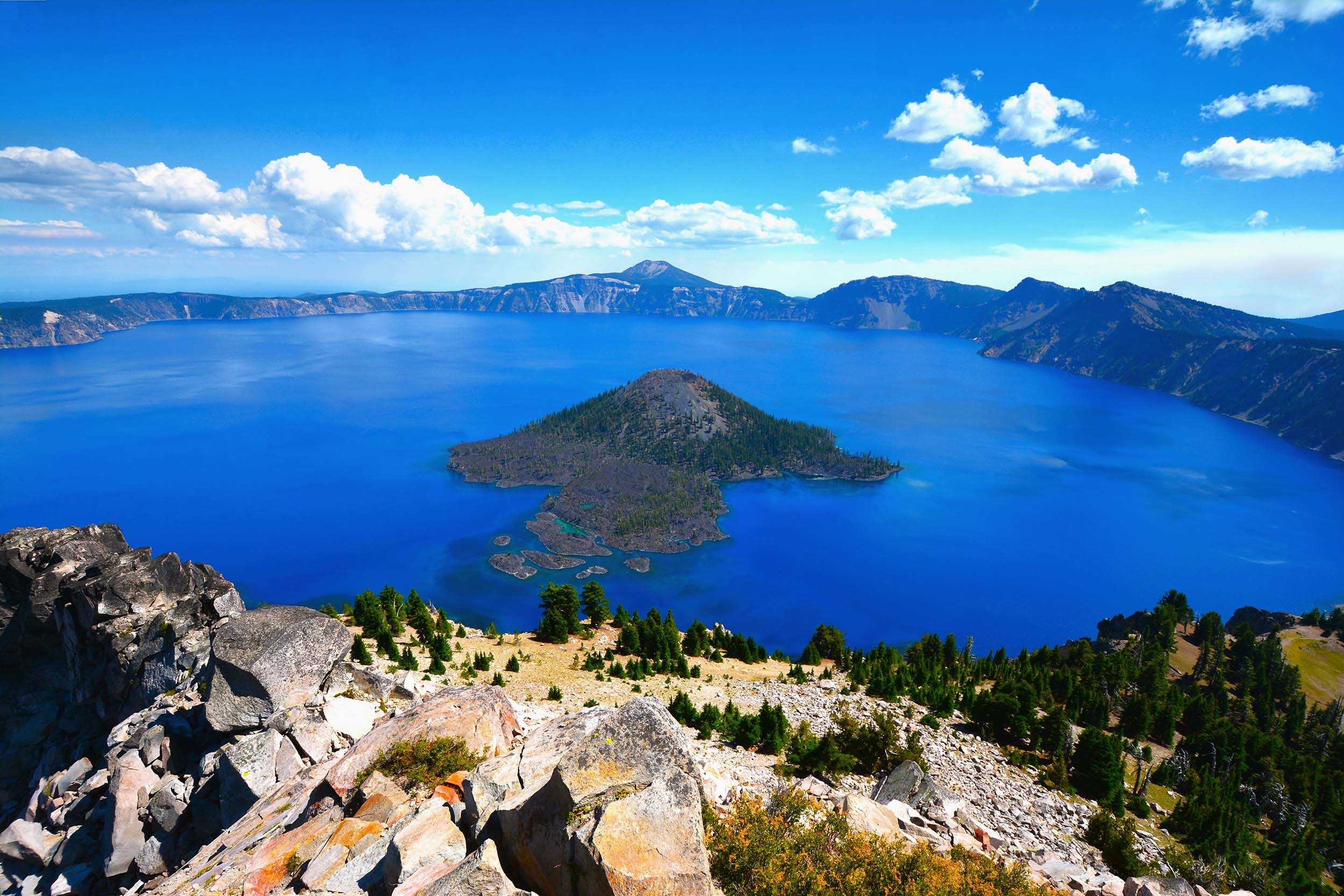
Getting There
How to Travel to Wind Cave National Park
Traveling to Crater Lake National Park involves planning your route carefully to make the most of your journey. The park is located in southern Oregon, with the nearest major airports in Medford (about 75 miles away) and Klamath Falls (about 60 miles away). From these locations, you can rent a car and drive to the park, as it is not serviced by public transportation. For those coming from farther afield, Portland (250 miles) and Eugene (165 miles) are larger cities that also serve as gateways to the region, though they are farther from the park. Having a reliable vehicle is essential, as you’ll need it not only to reach Crater Lake but also to navigate its scenic Rim Drive and other points of interest within the park.
The southern entrance to the park is open year-round, making it the most reliable option for access. During summer, the northern entrance also opens, providing additional routes for visitors. Highways 62, 138, and 97 are the main roads that lead to Crater Lake, offering stunning views of Oregon’s diverse landscapes along the way. It’s a good idea to check weather conditions before your trip, especially in winter and early spring, as snow and ice can affect driving conditions and accessibility. Visitors traveling during the snowy season should consider equipping their vehicles with chains or snow tires.
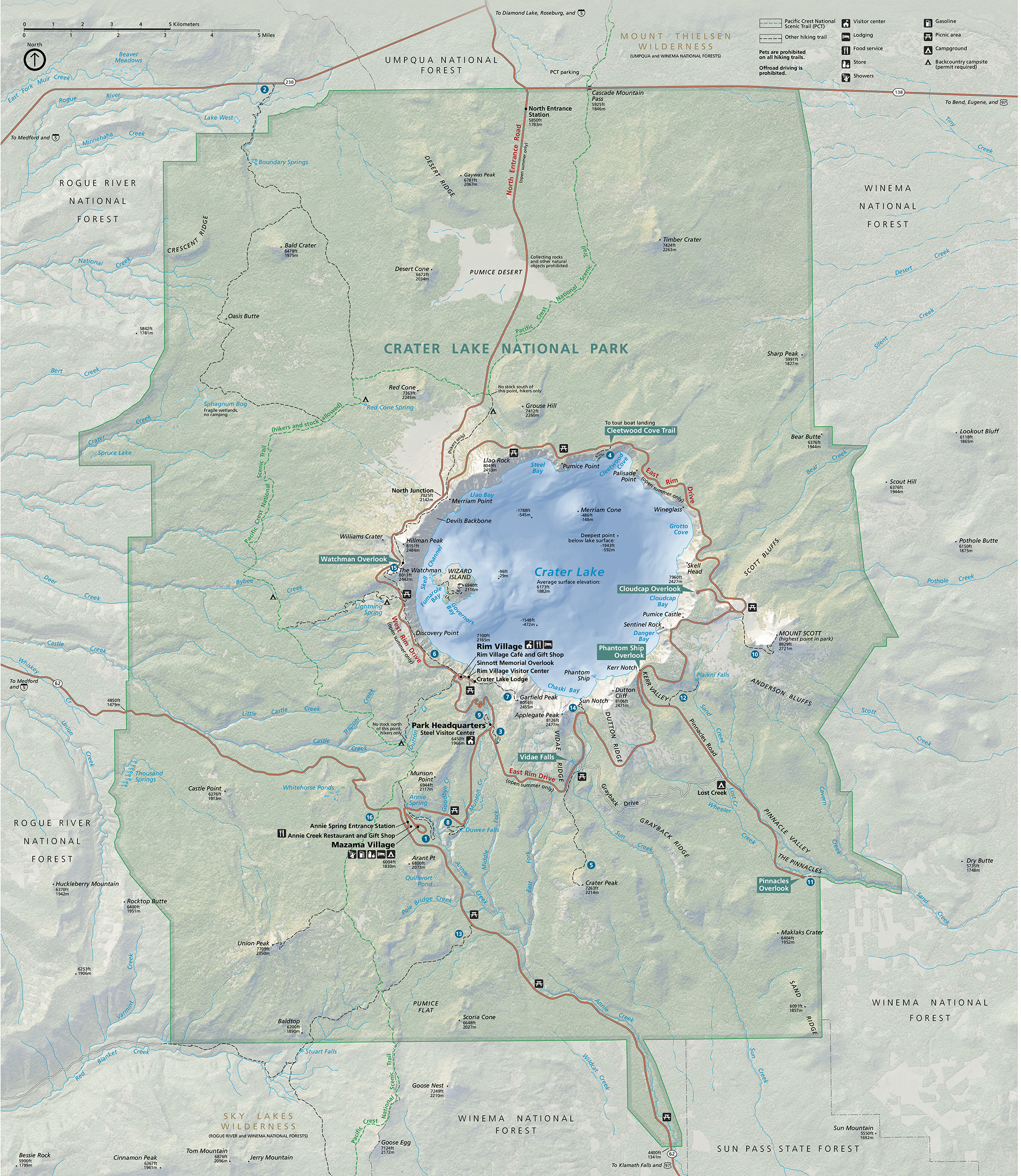
Campsites
Mazama Campground
- Location: Near the park’s south entrance, approximately seven miles from the lake.
- Season: Open late May to late September (weather permitting).
- Capacity: 214 sites for tents and RVs (some with electric hookups).
- Amenities: Restrooms, showers, potable water, picnic tables, fire pits, a camp store, and access to a nearby restaurant.
Lost Creek Campground
- Location: Approximately 3 miles from the Pinnacles Trailhead, on the park’s eastern side.
- Season: Open from mid-July to mid-October (weather permitting).
- Capacity: 16 tent-only sites.
- Amenities: Vault toilets and picnic tables, but no potable water or other facilities (visitors must bring their own water).
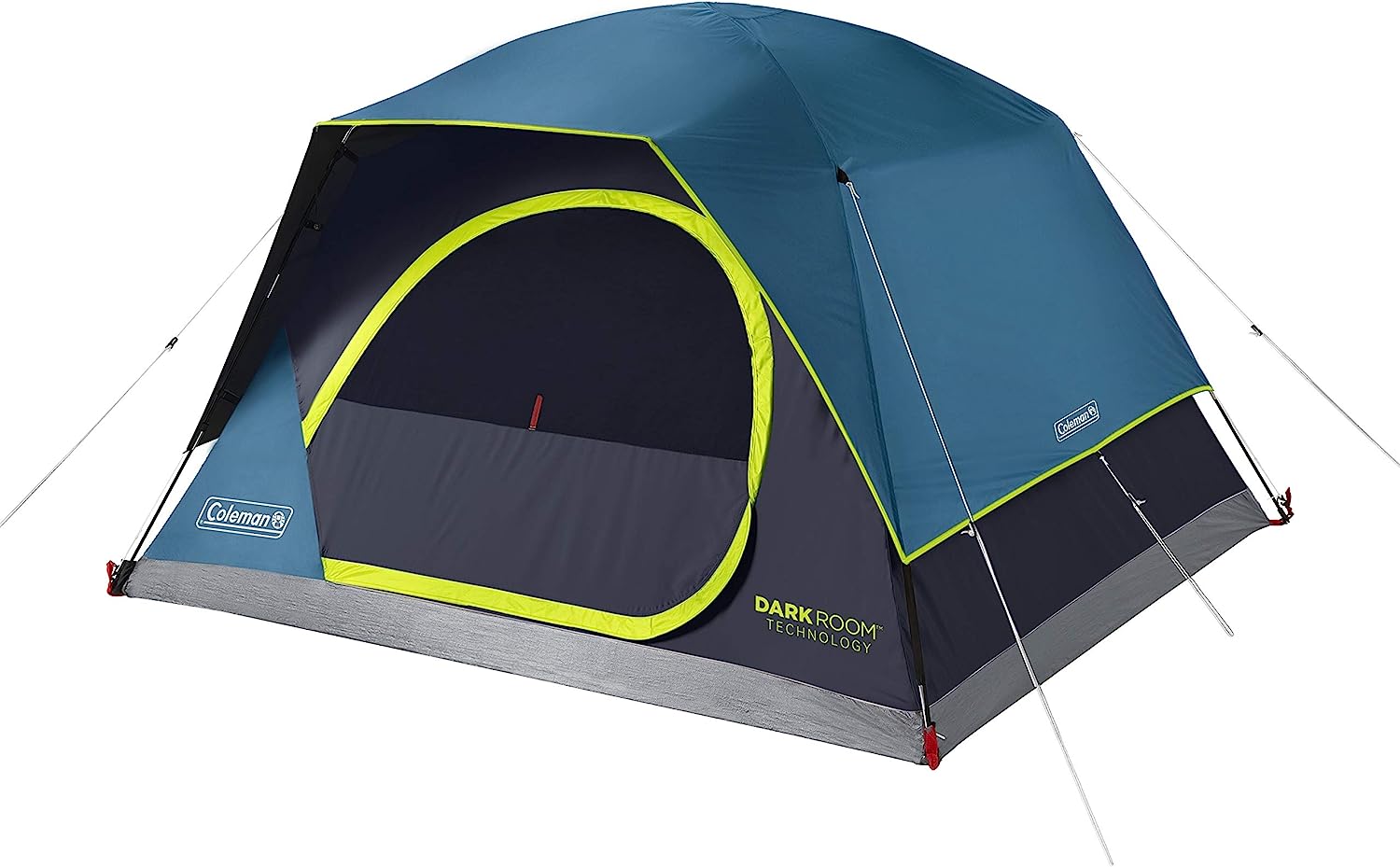
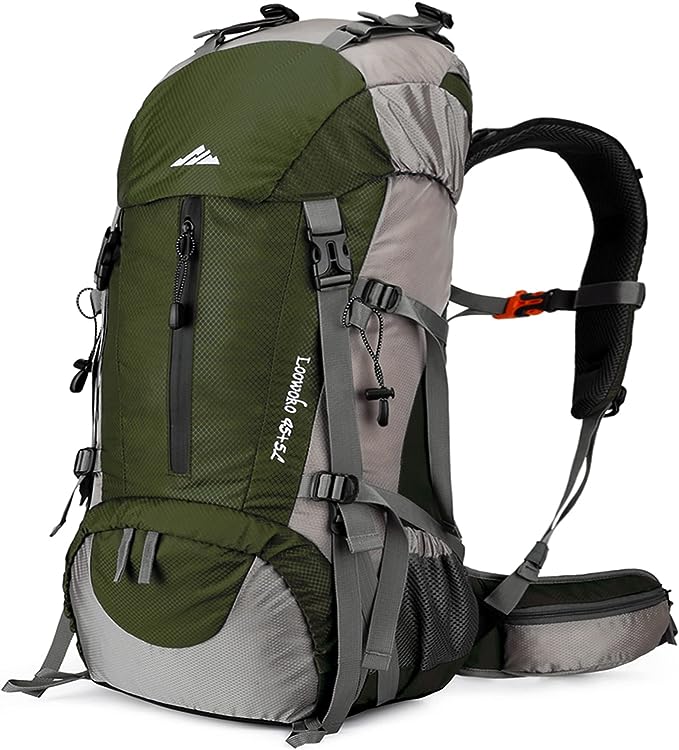
-
Prepare for Variable Weather: Crater Lake’s high elevation means that temperatures can drop significantly at night, even in summer. Bring warm clothing, layered gear, and a four-season sleeping bag to stay comfortable. Be ready for sudden changes in weather, including rain or wind.
-
Book Early or Arrive Early: If you plan to camp at Mazama Campground during peak season, make reservations well in advance, as sites fill quickly. For Lost Creek Campground, which is first-come, first-served, arriving early in the day increases your chances of securing a spot.
-
Pack Smart: Bring plenty of water if camping at Lost Creek, as there’s no potable water available. Also, pack bear-proof food storage containers or use the provided bear lockers to safely store food and scented items, as wildlife is active in the area. Don’t forget essentials like a flashlight, firewood, and a detailed park map for exploring.
Popular Hiking Trails
Rim Trail
- Distance: 20 miles (one way)
- Difficulty: Moderate to strenuous
- Highlights: The Rim Trail offers spectacular views of Crater Lake and its surrounding volcanic features. It runs along the edge of the caldera, providing panoramic vistas at several viewpoints.
Clea’s Trail
- Distance: 1.5 miles
- Difficulty: Easy
- Highlights: A short, easy trail with stunning views of Crater Lake, this trail is perfect for families or those looking for a leisurely walk through the forested areas near Rim Village.
Garfield Peak Trail
- Distance: 3.4 miles (round trip)
- Difficulty: Moderate to strenuous
- Highlights: This trail ascends to Garfield Peak, offering one of the best panoramic views of the lake and surrounding wilderness.
The Pinnacles Viewpoint Trail
- Distance: 0.2 miles (round trip)
- Difficulty: Easy
- Highlights: This very short trail leads to a viewpoint offering a great view of the Pinnacles, one of the park’s most fascinating geological features.
Watchman Trail
- Distance: 1.6 miles (round trip)
- Difficulty: Moderate
- Highlights: A relatively short but steep trail that leads to the top of Watchman Peak, where visitors are rewarded with sweeping views of Crater Lake and Wizard Island.
Pinnacles Trail
- Distance: 1.6 miles (round trip)
- Difficulty: Moderate
- Highlights: This trail offers a unique view of the Pinnacles, a series of towering spires formed by volcanic activity. It’s a great way to explore a different geological feature of the park.
Vidae Falls Trail
- Distance: 0.3 miles (round trip)
- Difficulty: Easy
- Highlights: A short, accessible trail that leads to the beautiful Vidae Falls, a scenic waterfall in the park. It’s an easy hike suitable for visitors of all ages.
Lady of the Woods Trail
- Distance: 1 mile
- Difficulty: Easy
- Highlights: A short, family-friendly trail through a beautiful forested area, offering views of Crater Lake and its surrounding environment.
Annie Creek Canyon Trail
- Distance: 3 miles (round trip)
- Difficulty: Moderate
- Highlights: A scenic hike through Annie Creek Canyon, with views of waterfalls and the creek winding through the forested canyon. This trail is a great option for those wanting a less crowded experience.
Hiking Trails in Crater Lake National Park
Gear We Used

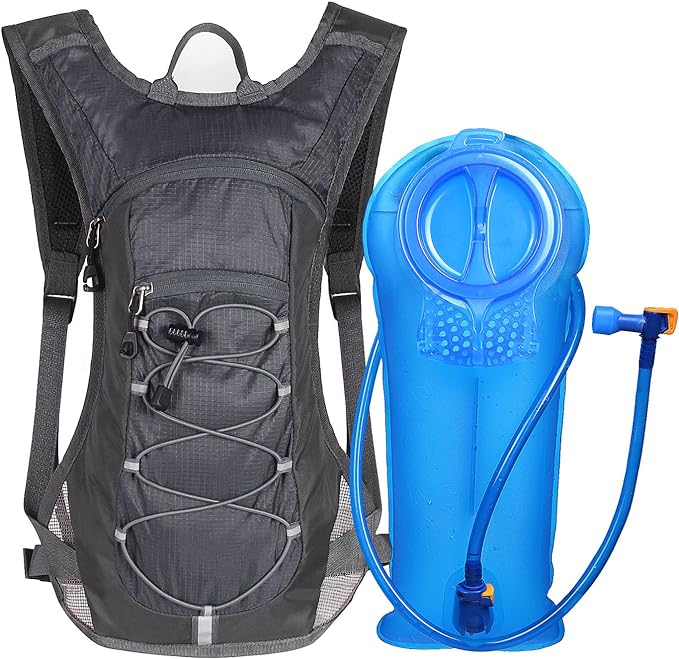
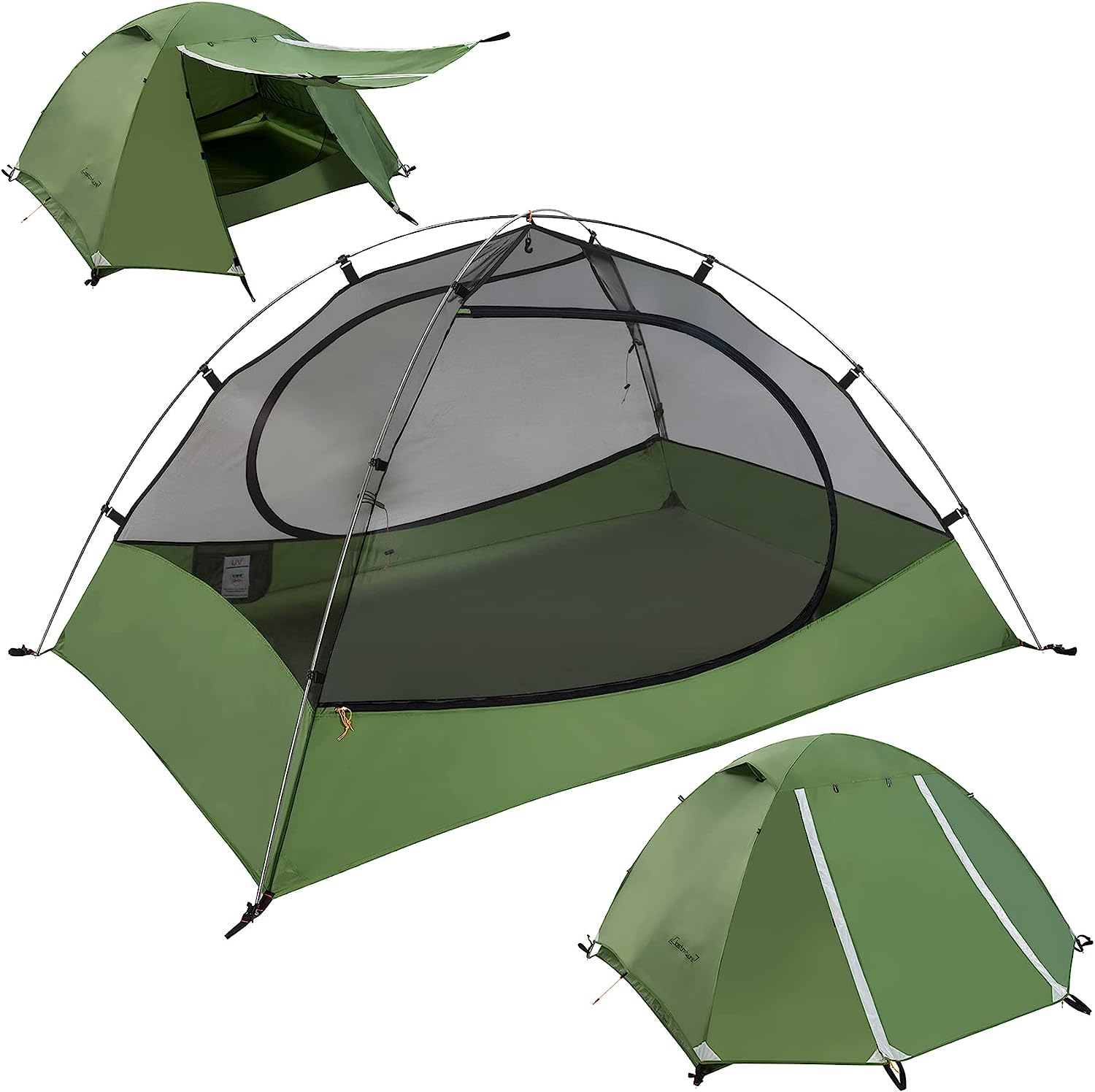
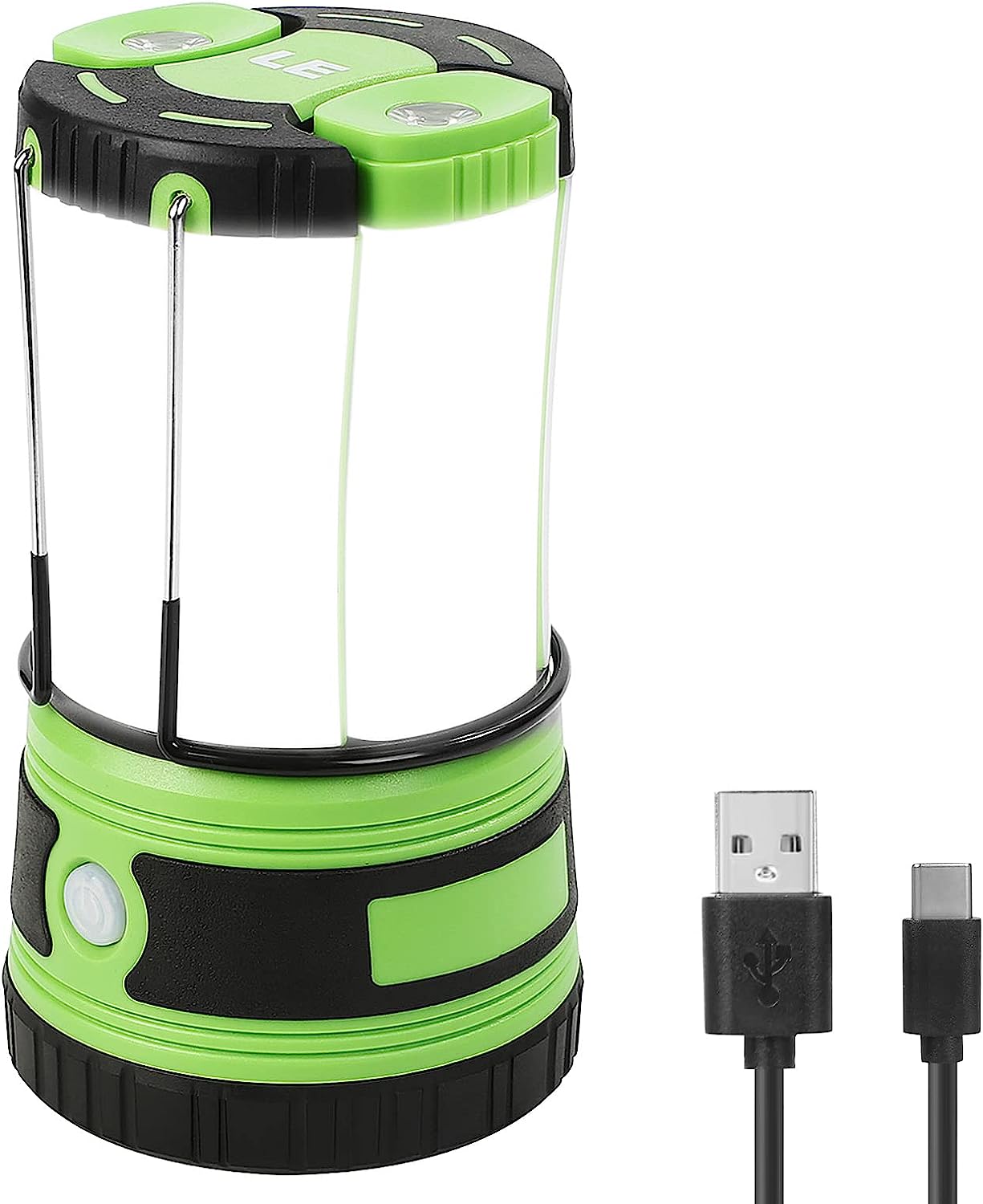
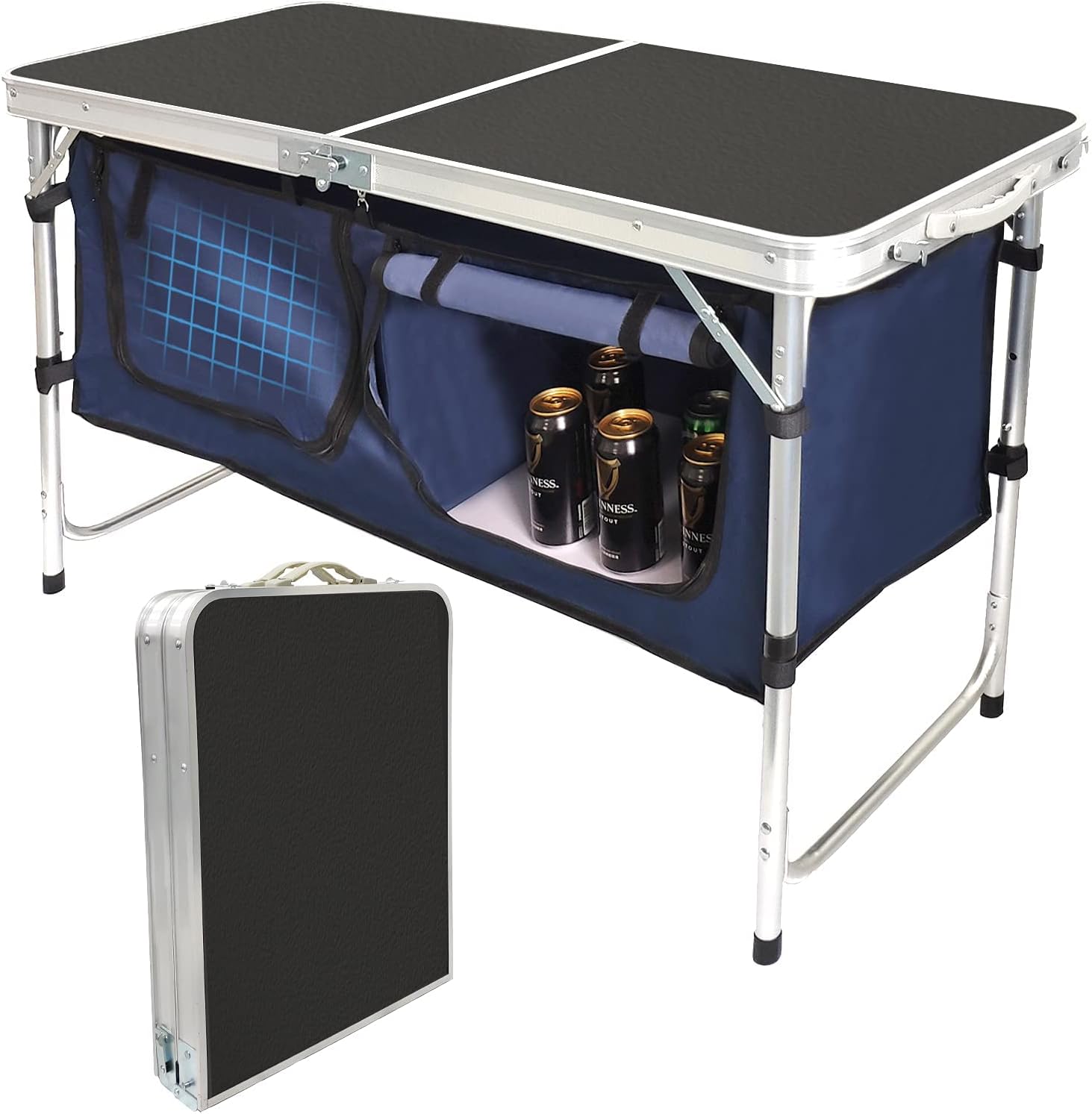
Must-Do Activities
Take a Boat Tour to Wizard Island
One of the most iconic activities at Crater Lake is the boat tour to Wizard Island, a volcanic cinder cone located in the lake. The tour provides a unique perspective of the lake’s vivid blue waters and stunning caldera cliffs. Visitors can hike to the summit of Wizard Island, enjoy the view, or even swim in the cool waters of the lake. The boat tours run during the summer months when conditions permit and are a must-do for anyone looking to experience the park from the water.
Drive the Rim Drive
A must-do activity in Crater Lake National Park is to drive the Rim Drive, a 33-mile scenic route that circles the lake and offers breathtaking views at numerous viewpoints. Along the way, visitors can stop at key sites such as Watchman Overlook, which offers panoramic views of the lake and Wizard Island, or take a hike along sections of the Rim Trail. The drive is an excellent way to see the park’s dramatic volcanic landscape, and it’s especially beautiful during sunrise and sunset.
Hike to Garfield Peak or Watchman Peak
Crater Lake National Park History
The history of Crater Lake National Park begins with the dramatic eruption of Mount Mazama, a massive volcanic event that occurred about 7,700 years ago. This eruption caused the collapse of the mountain, forming a large caldera, which eventually filled with water from rainfall and snowmelt, creating the pristine Crater Lake we see today. The lake’s deep blue waters are unique, as it is the deepest lake in the United States and one of the clearest in the world. The area remained largely unknown to European settlers until the mid-19th century, when explorers and settlers began to venture into the region, finding a landscape unlike any other in North America.
The first recorded sighting of Crater Lake by European Americans was in 1853, when a group of pioneers, led by explorer John Wesley Hillman, accidentally came upon the lake. However, it wasn’t until the late 1800s that the area gained more attention. In 1869, a journalist named John L. O’Sullivan coined the phrase “Crater Lake” after seeing the lake for the first time and describing its beauty. The lake and surrounding area became a popular destination for exploration and tourism, and local residents began to advocate for the protection of the region’s natural beauty.
